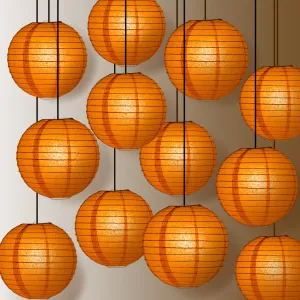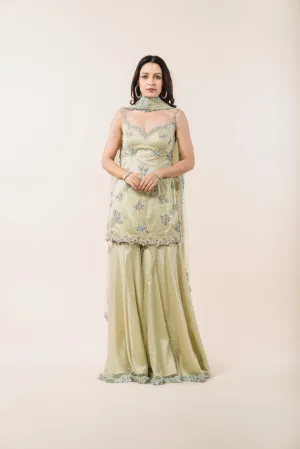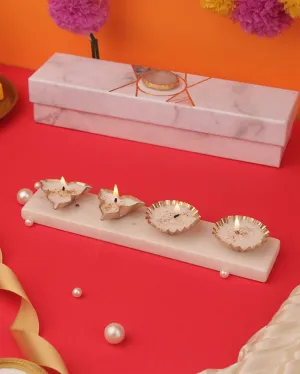Product Details
+Original Item: One-of-a-kind. Just purchased from a large military auction! This hand painted cloth "Good Luck" flag is not named to a specific person, but instead looks to have been sent by an organization to the Imperial Japanese forces in general. The flag reads "Wish Good Luck For Imperial Soldiers" and "From Mihashi Home Front Association", which is written along the right side of the flag. This is a rather simple good luck flag compared to others we have seen, but they were all unique.
The flag measures approximately 28"H x 34"W, and is made of what appears to be standard cotton or muslin cloth, with the red "sun" dyed into the middle. Flag is in very good condition and is the real deal: a genuine USGI "bring back"!
The flag is in great shape, with only a bit of light staining and wear. There is a stained ring around the "sun" in the center, which we have seen many times before. We think that possibly the red portion draws in moisture, and slowly makes the ring over decades. The flag still has both sets of original corner ties fully intact, along with both leather corner reinforcements.
Ready to display!
The Good Luck Flag, known as hinomaru yosegaki (日の丸 寄せ書き) in the Japanese language, was a traditional gift for Japanese servicemen deployed during the military campaigns of the Empire of Japan, though most notably during World War II. The flag given to a soldier was a national flag signed by friends and family, often with short messages wishing the soldier victory, safety, and good luck.
The Japanese call their country's flag hinomaru, which translates literally to "sun-round", referencing the red circle on a white field. When the hinomaru was signed, the Japanese characters were usually written vertically, and radiated outward from the edge of the red circle. This practice is referenced in the second term, yosegaki, meaning "sideways-writing". The phrase hinomaru-yosegaki can be interpreted as "To write sideways around the red sun", describing the appearance of the signed flag. This particular example completely unique is written in old KANJI the writing are mainly Japanese names of this soldier's family and friends with quotes and phrases.




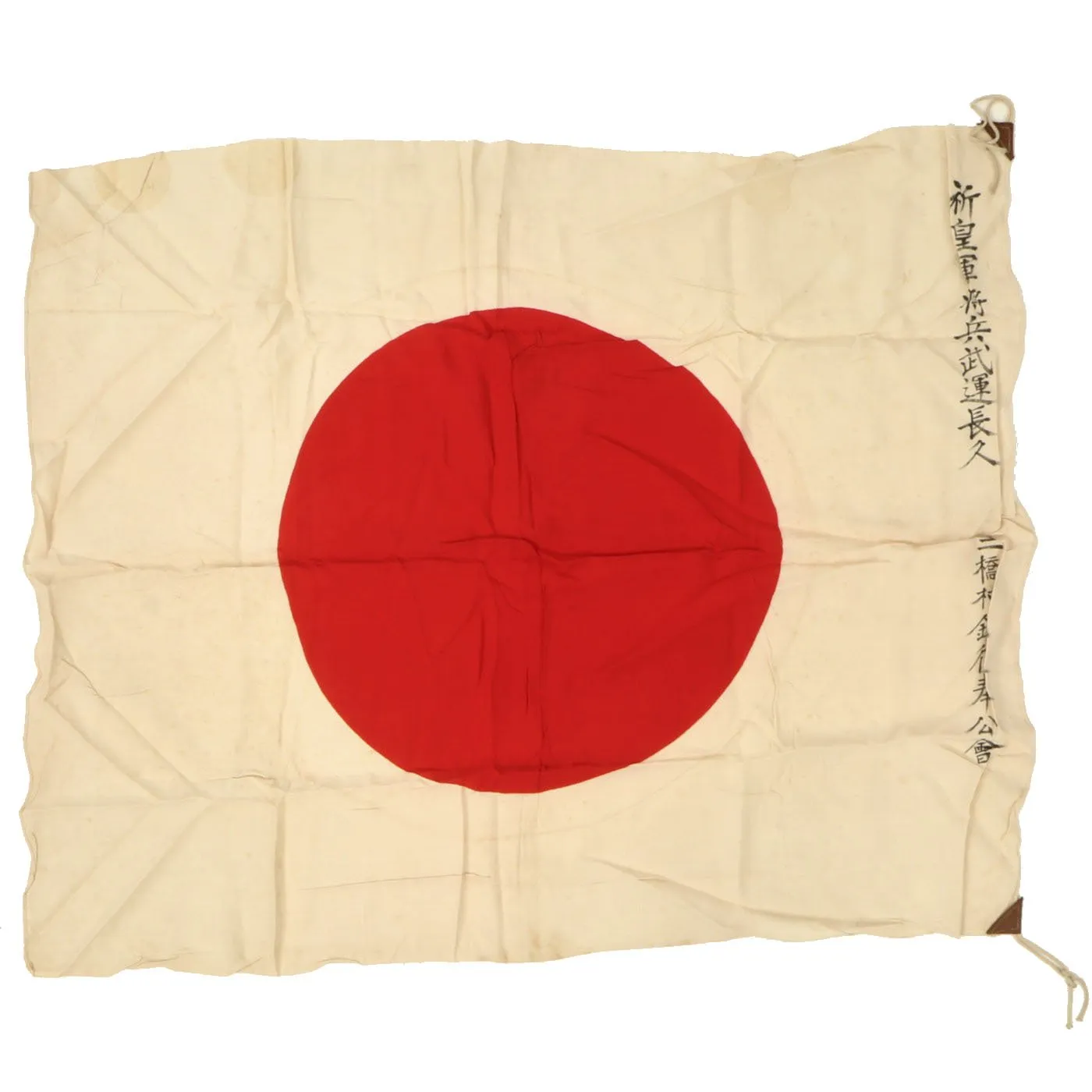
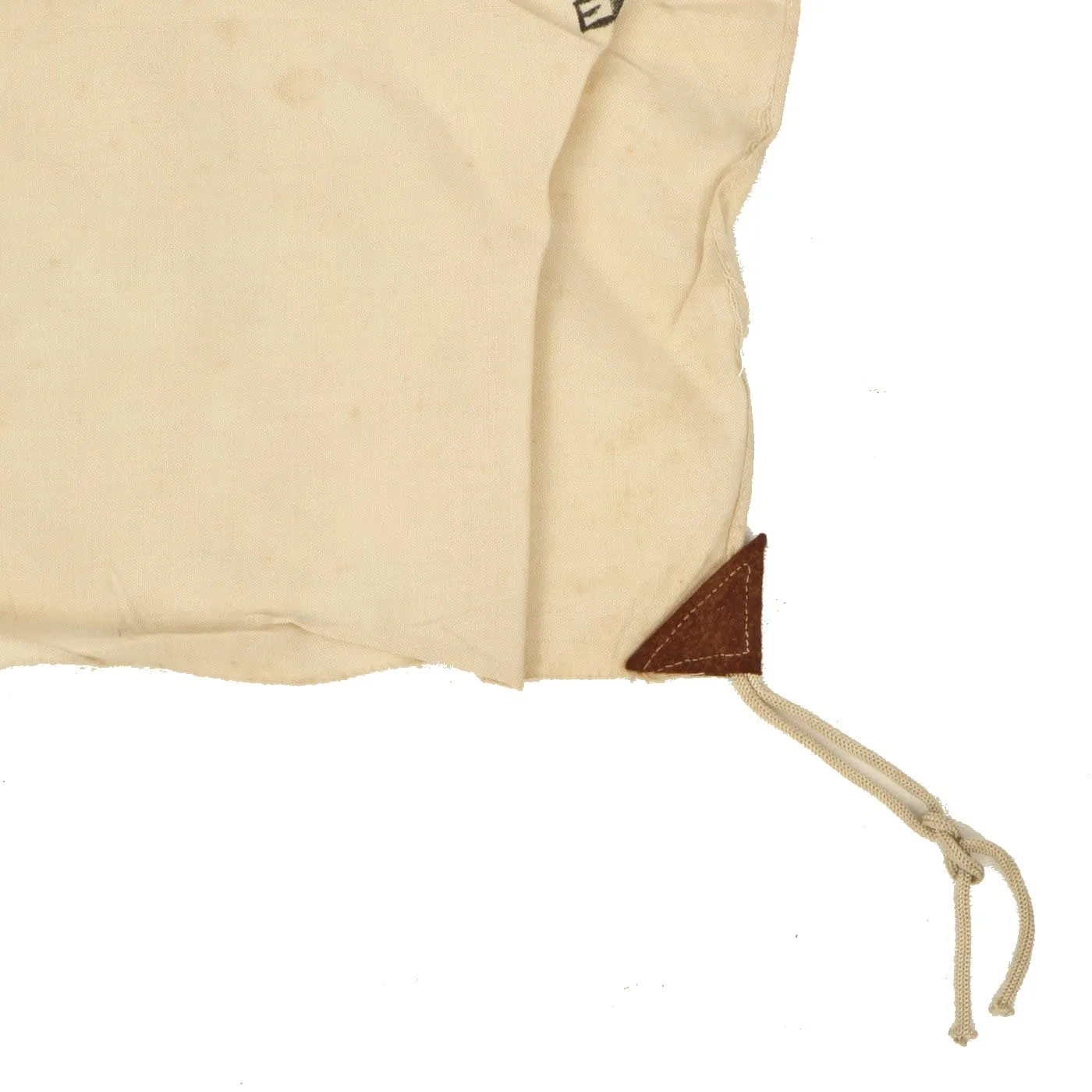

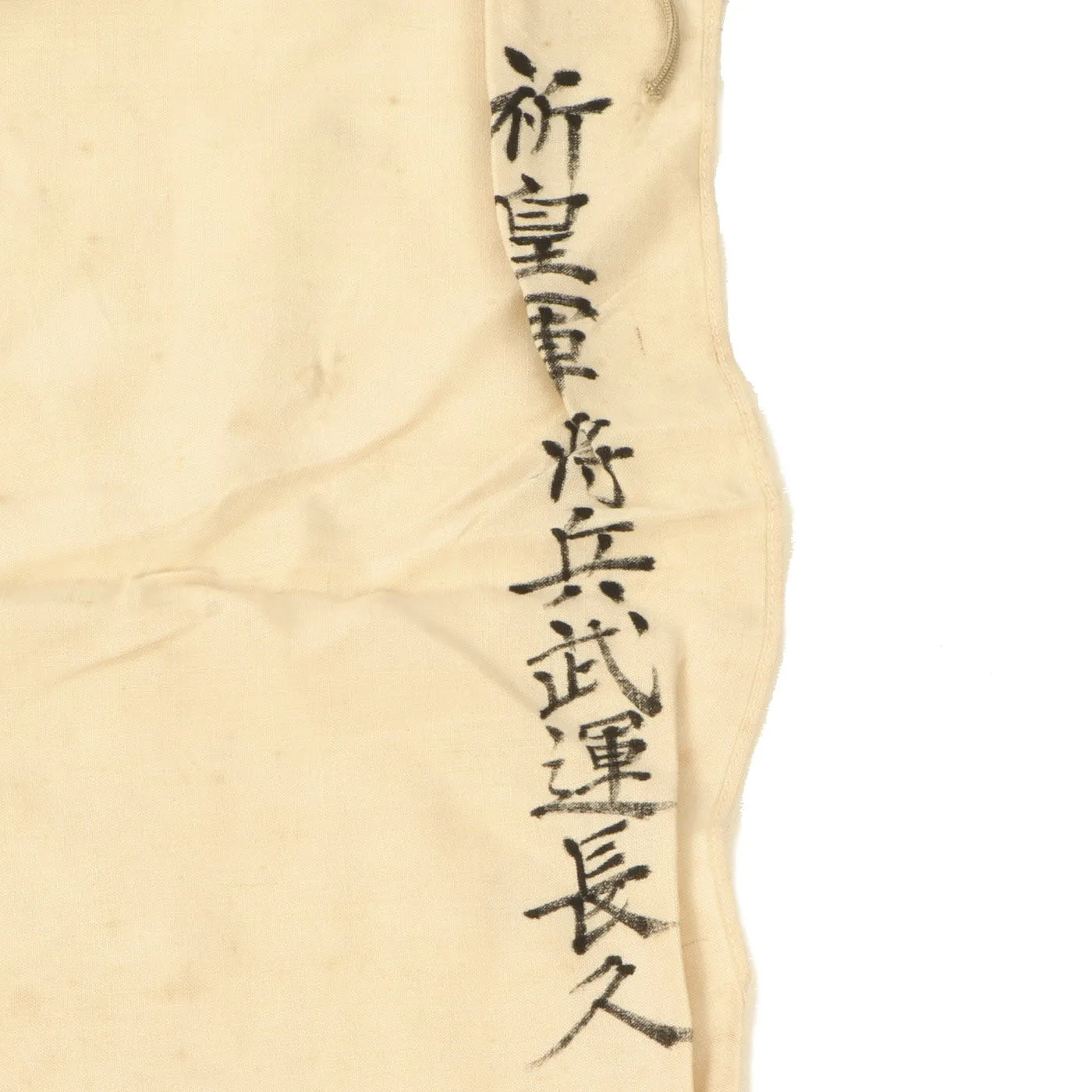


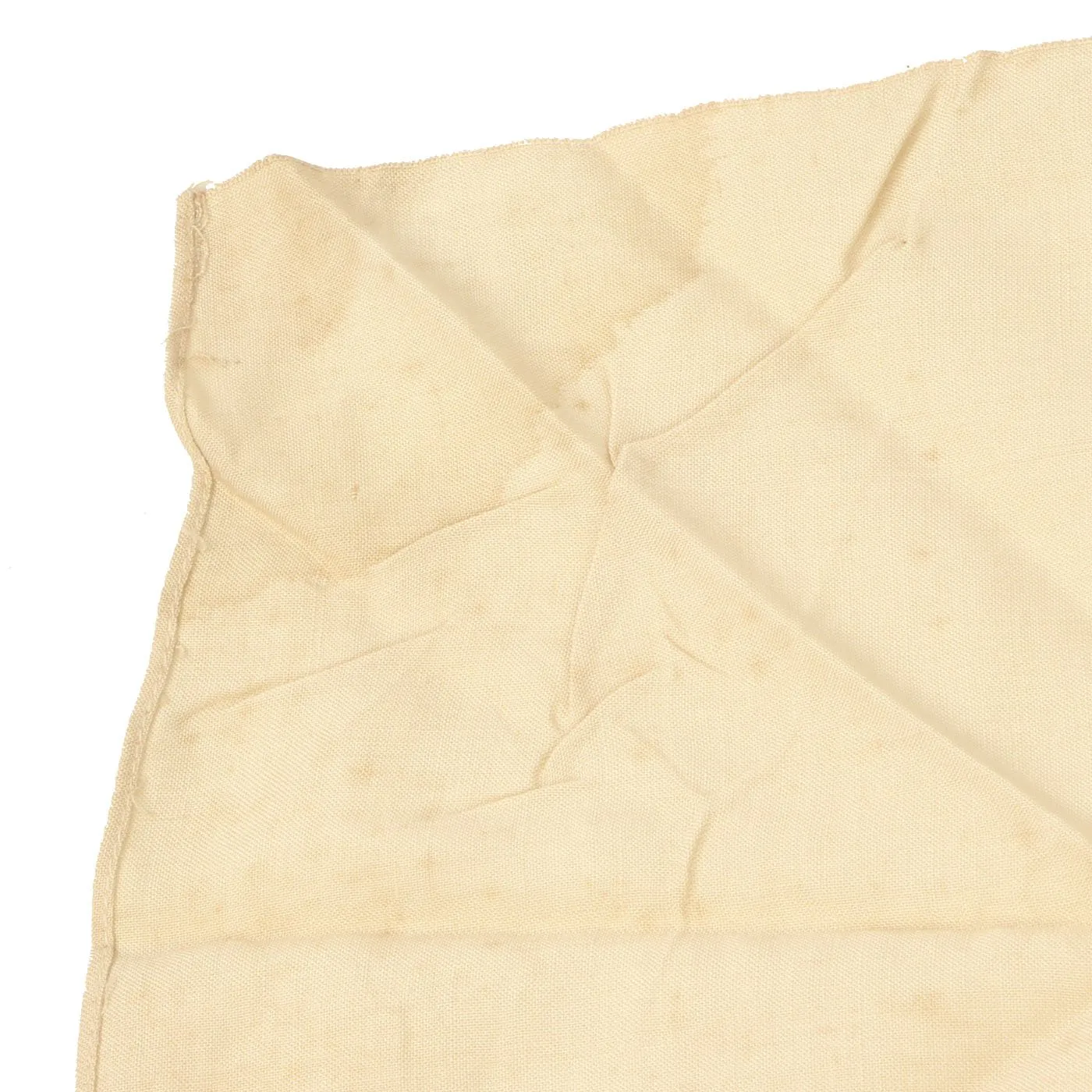
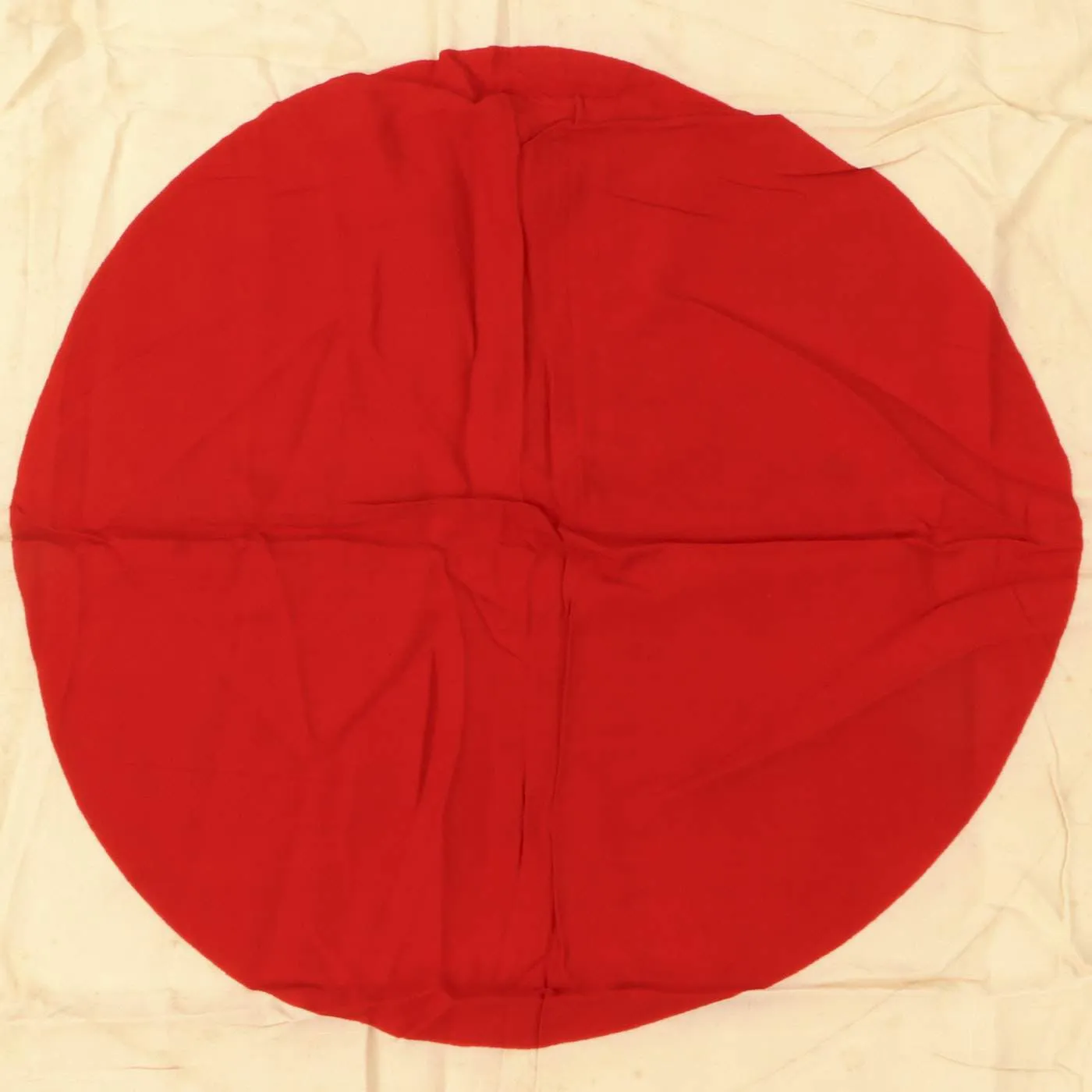
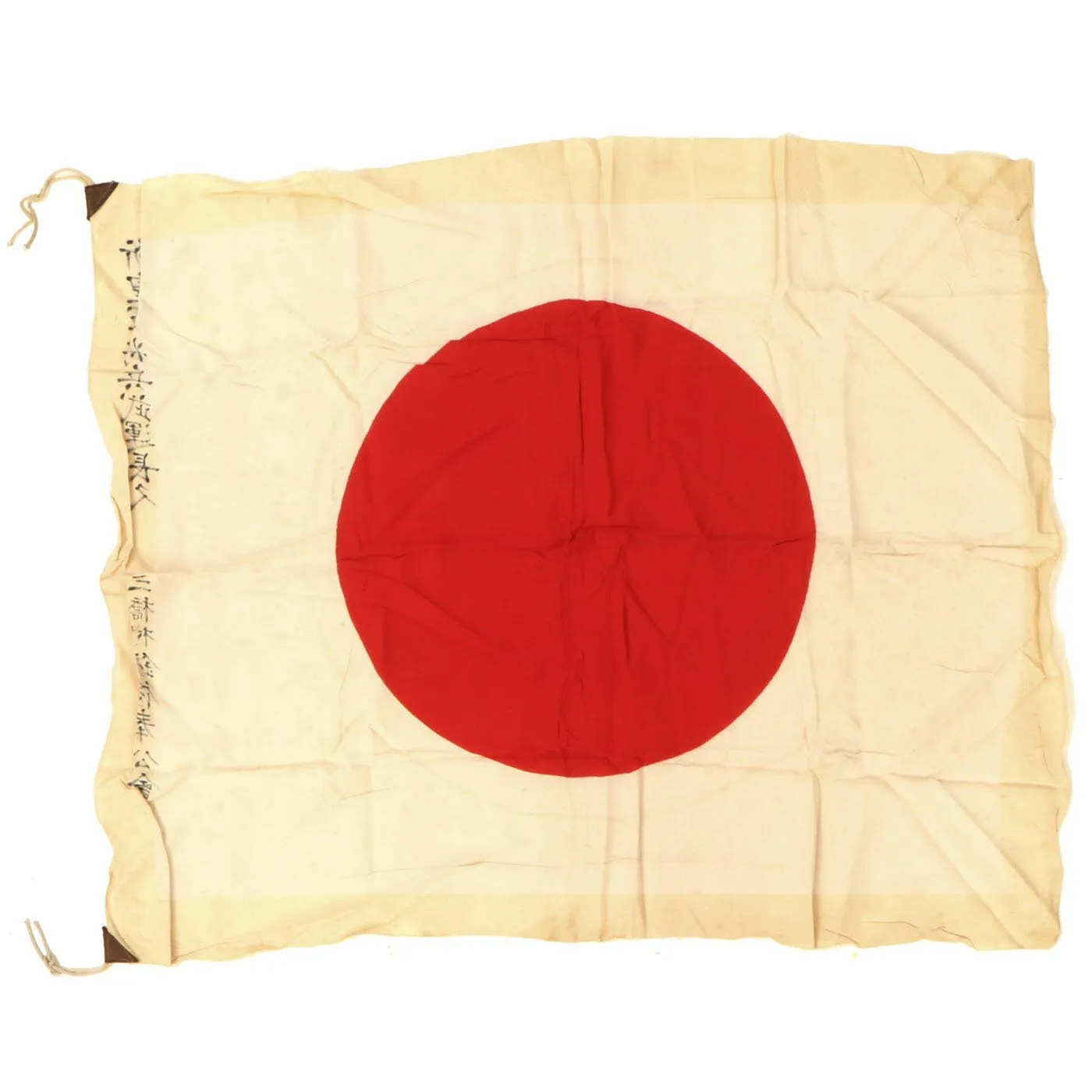
![PREM NAAM HAI MERA : PREM CHOPRA BY RAKITA NANDA [HARDCOVER] PREM NAAM HAI MERA : PREM CHOPRA BY RAKITA NANDA [HARDCOVER]](https://www.sprntrim.shop/image/prem-naam-hai-mera-prem-chopra-by-rakita-nanda-hardcover_Ok3i5U_300x.webp)


